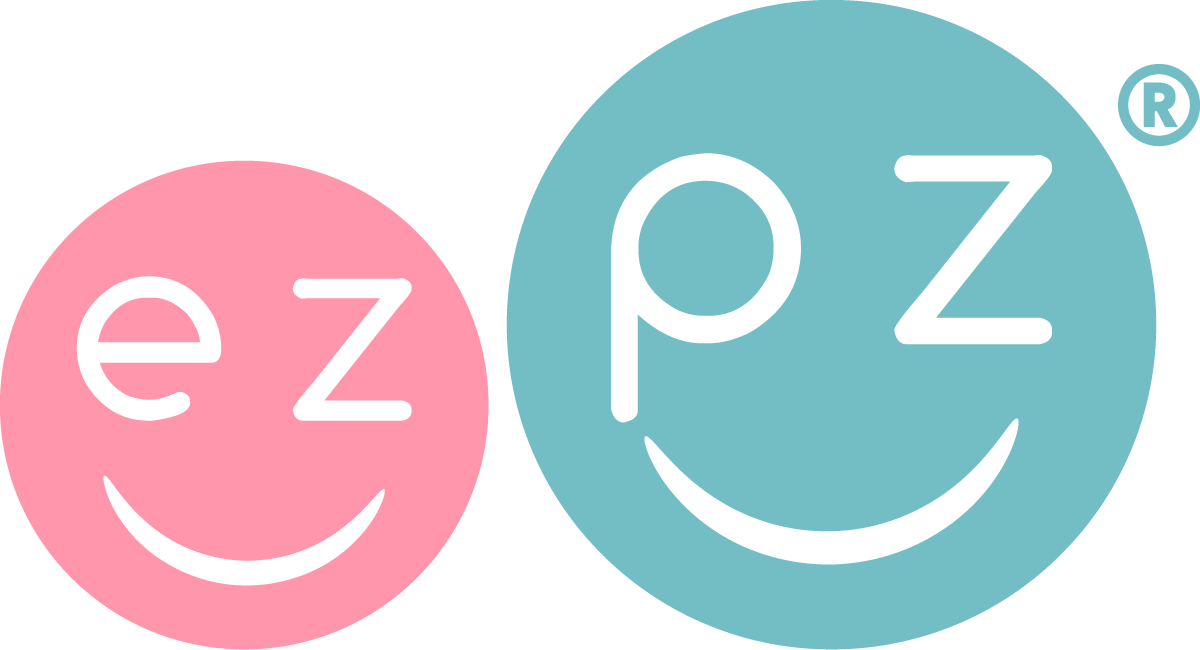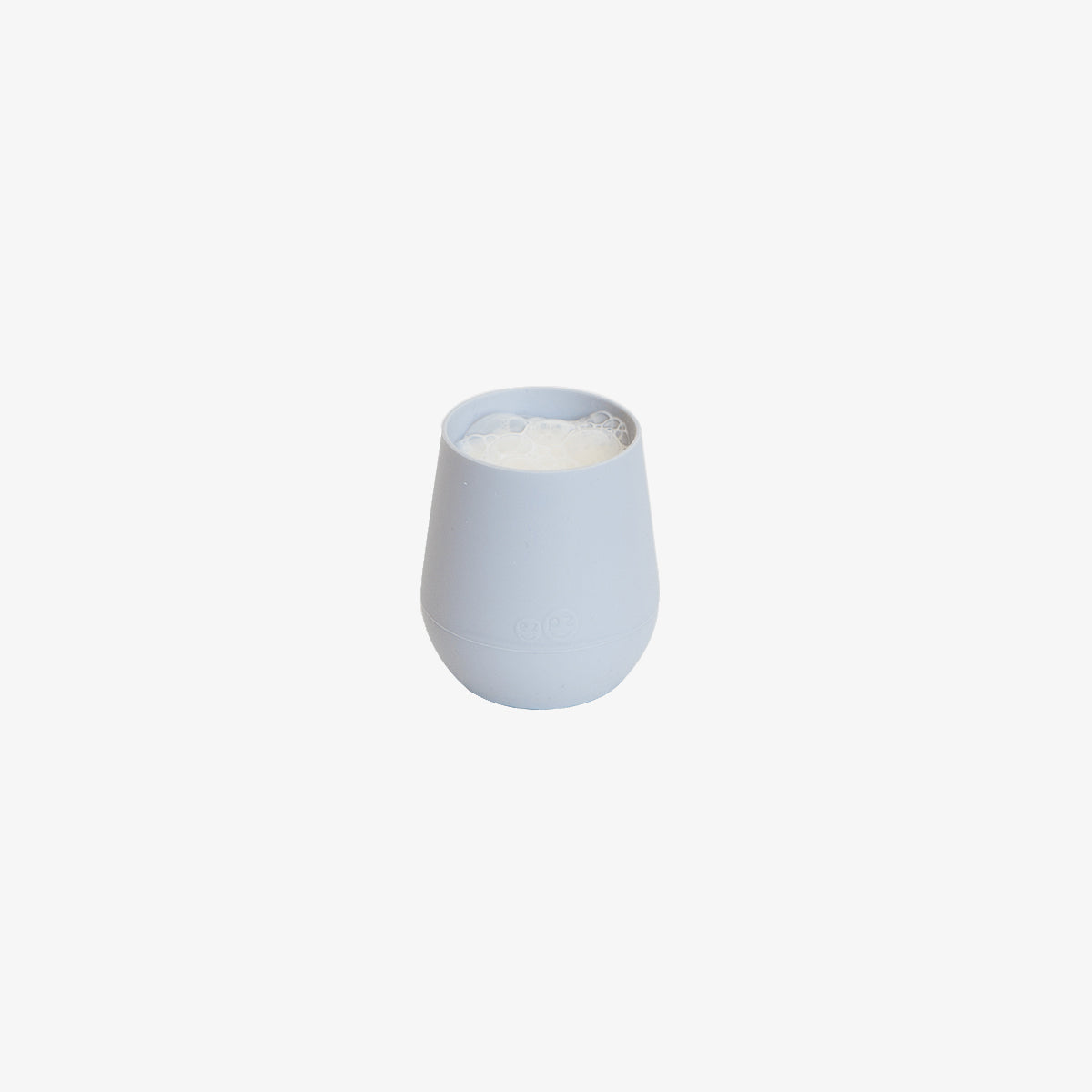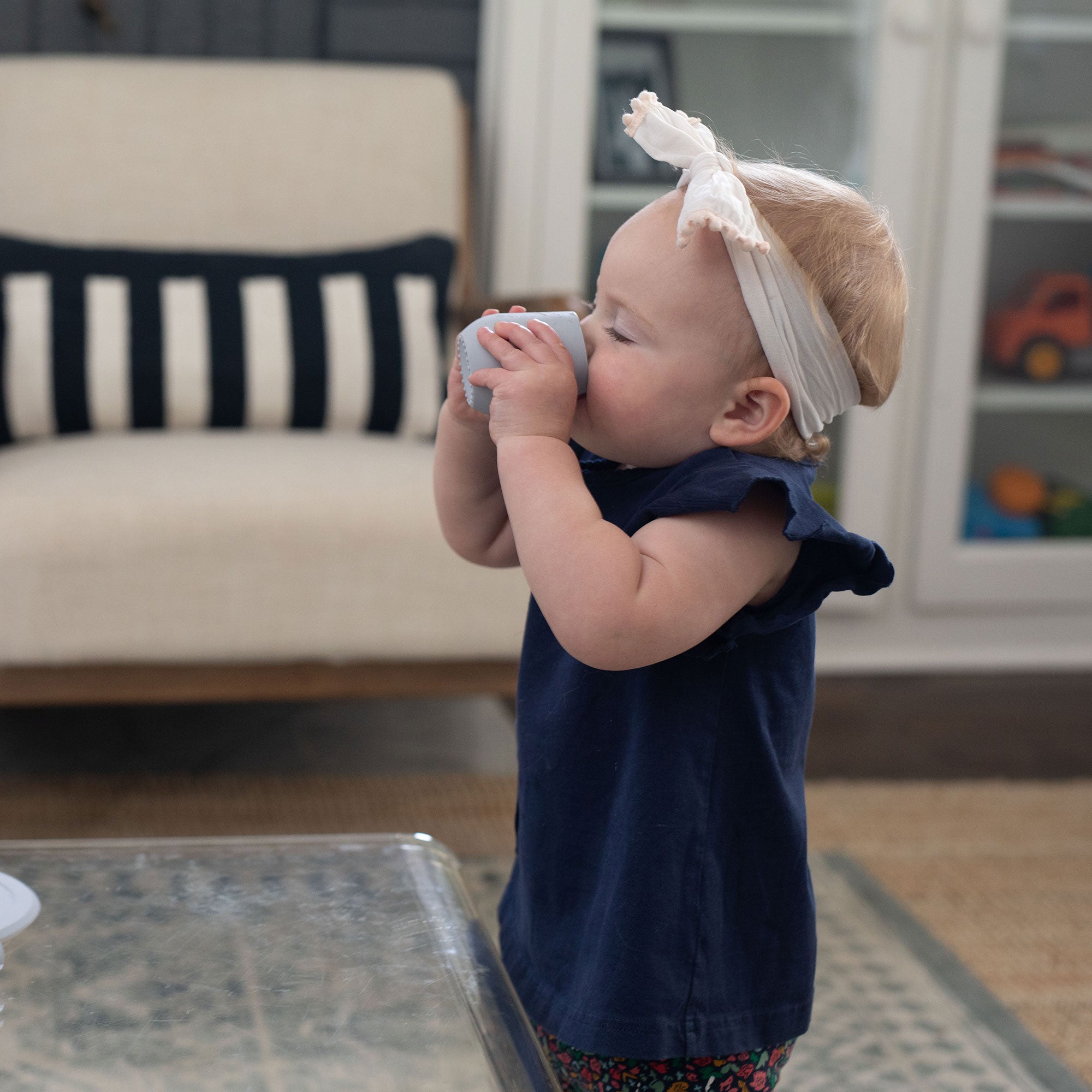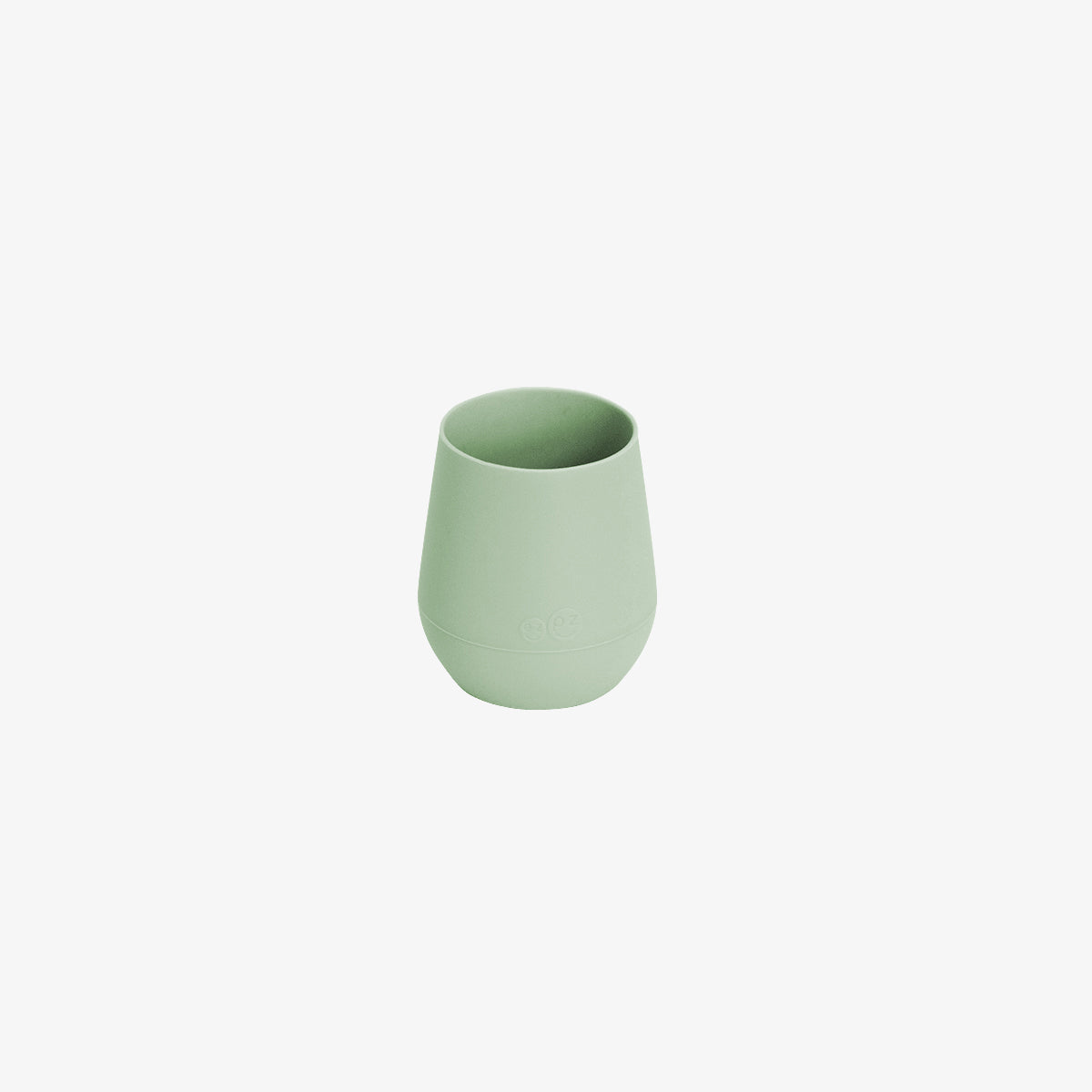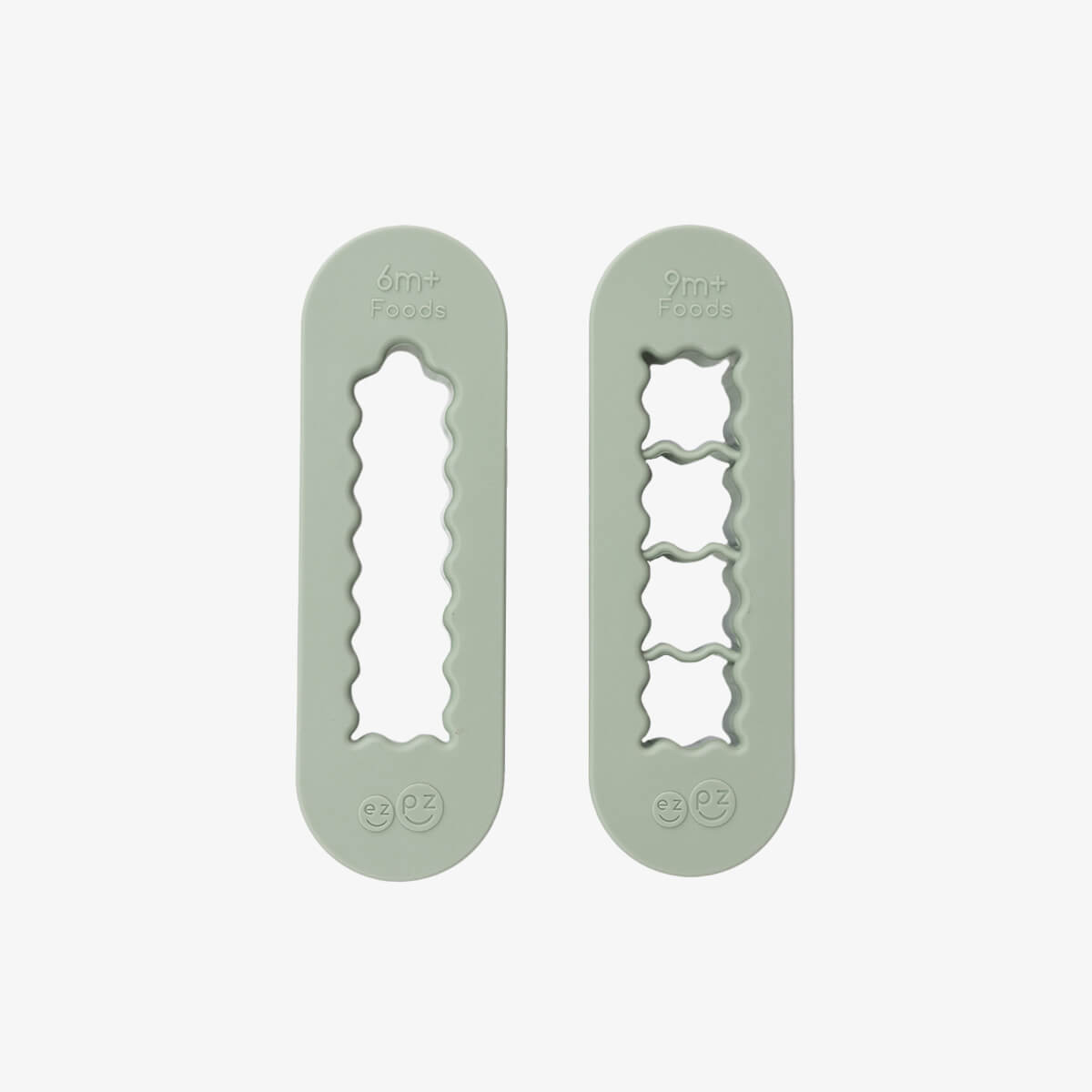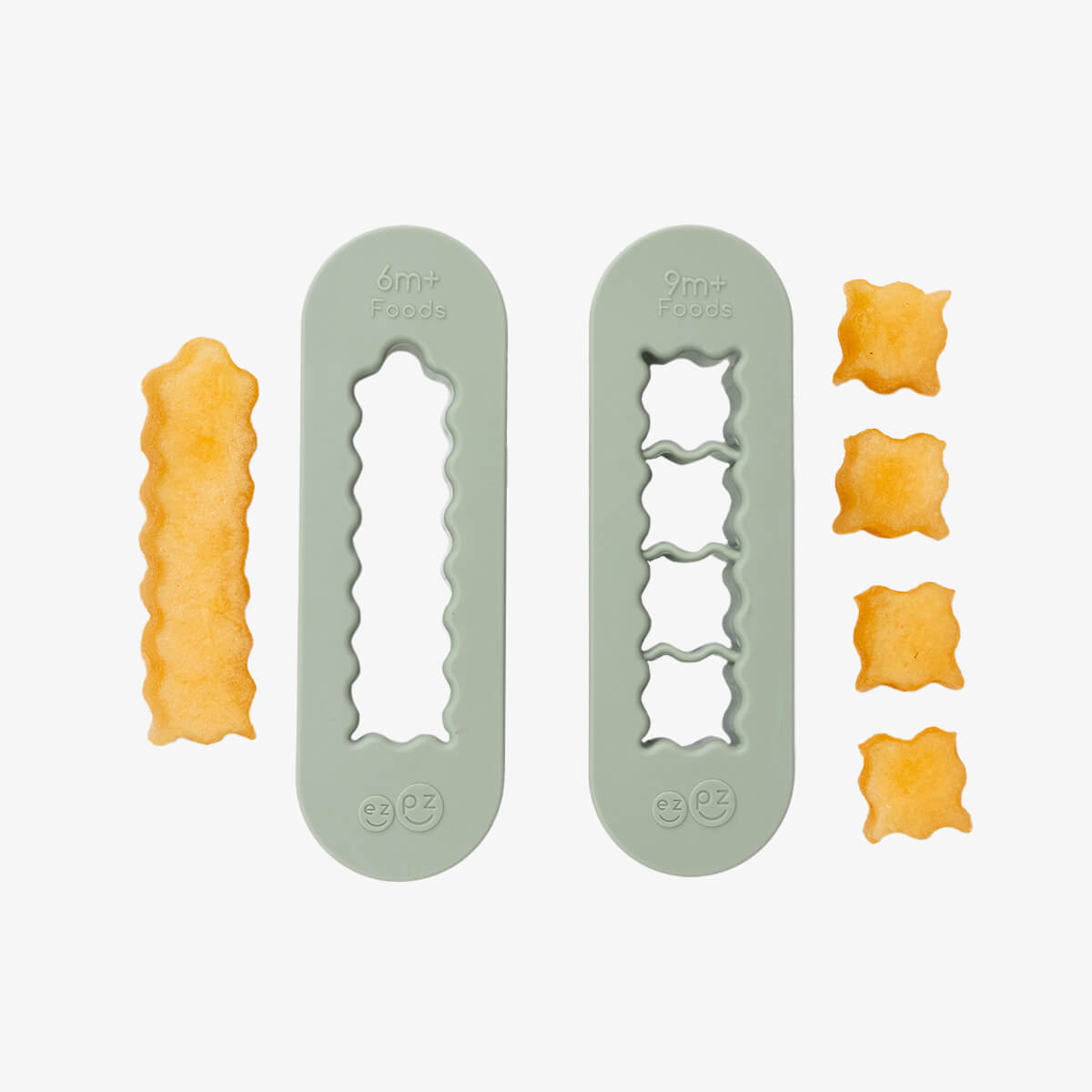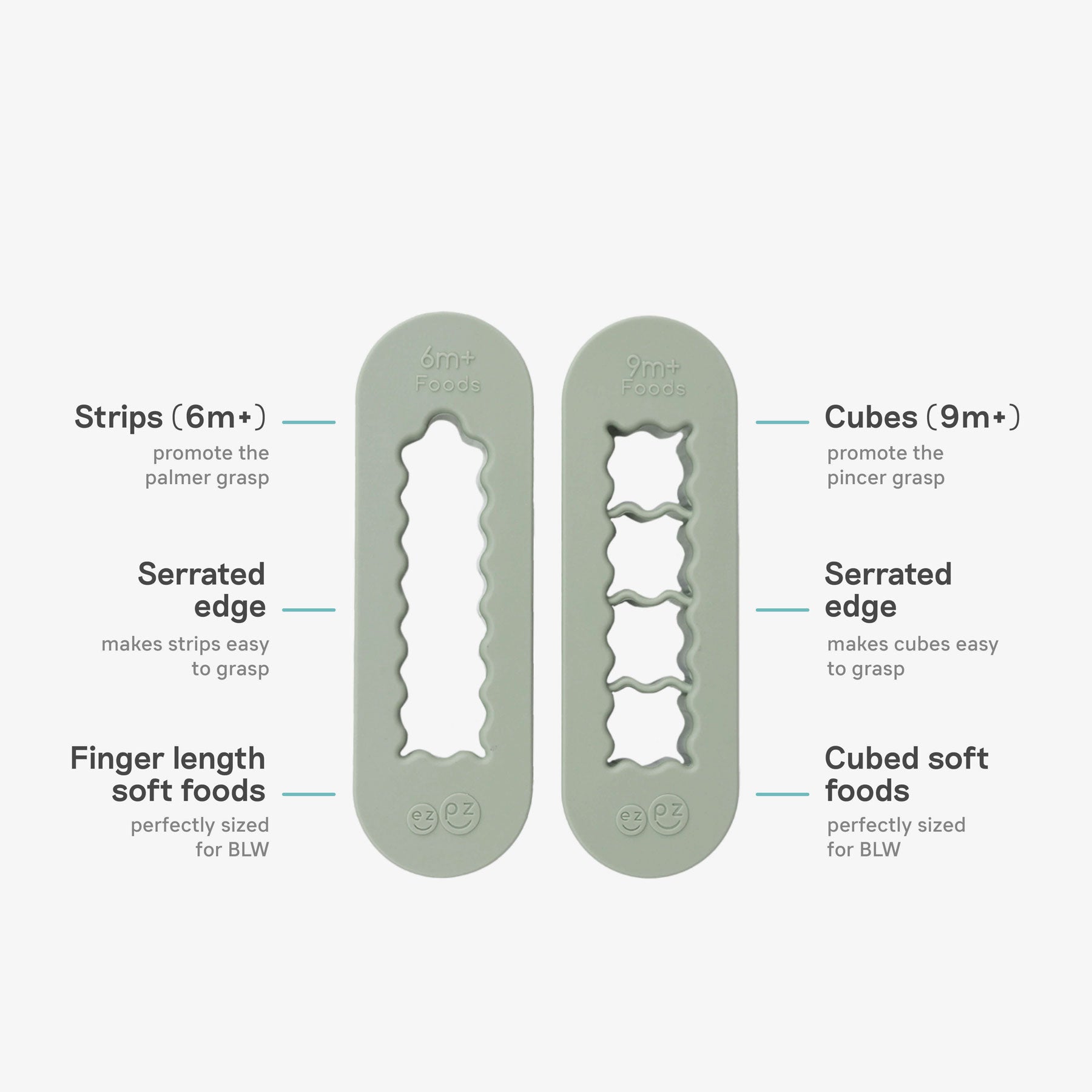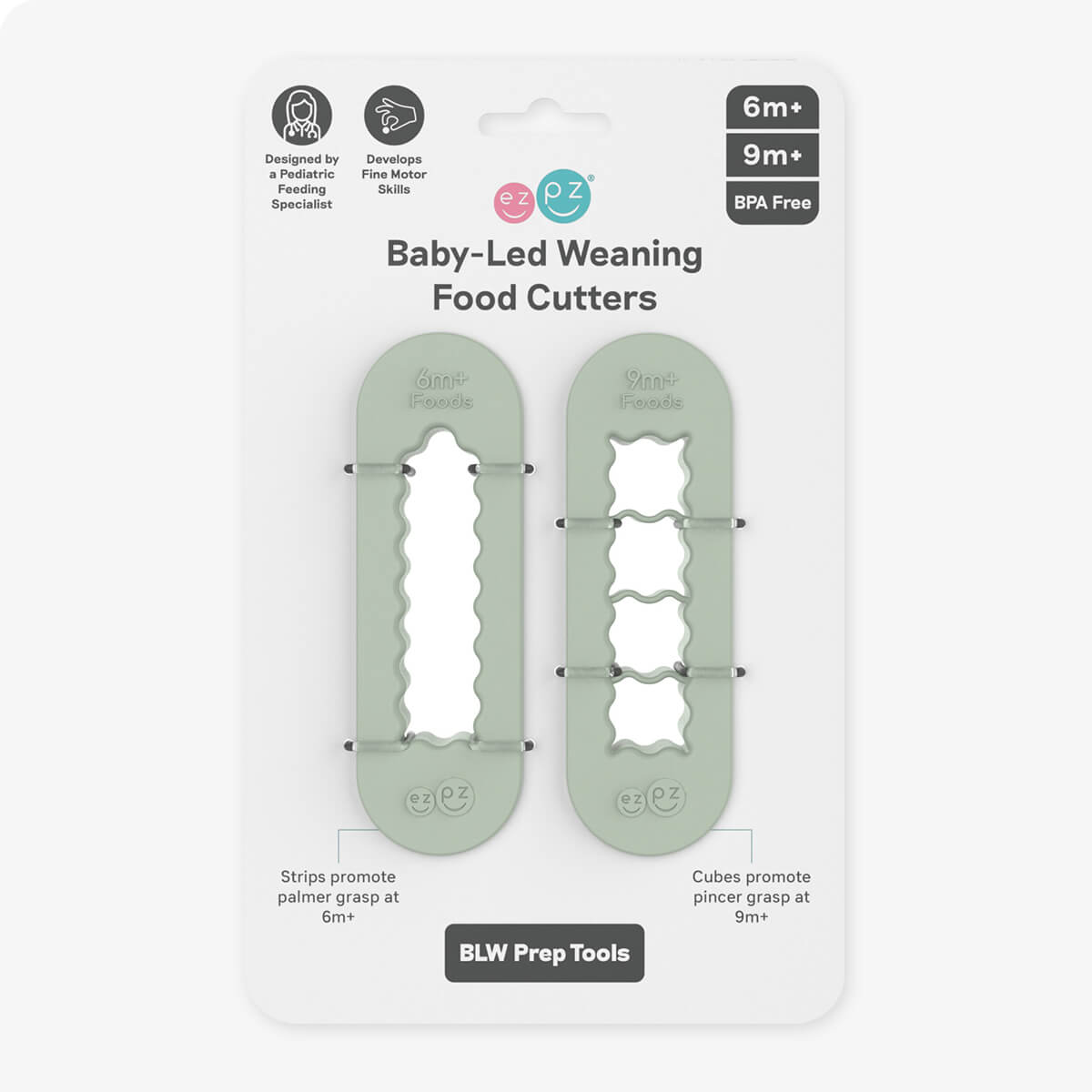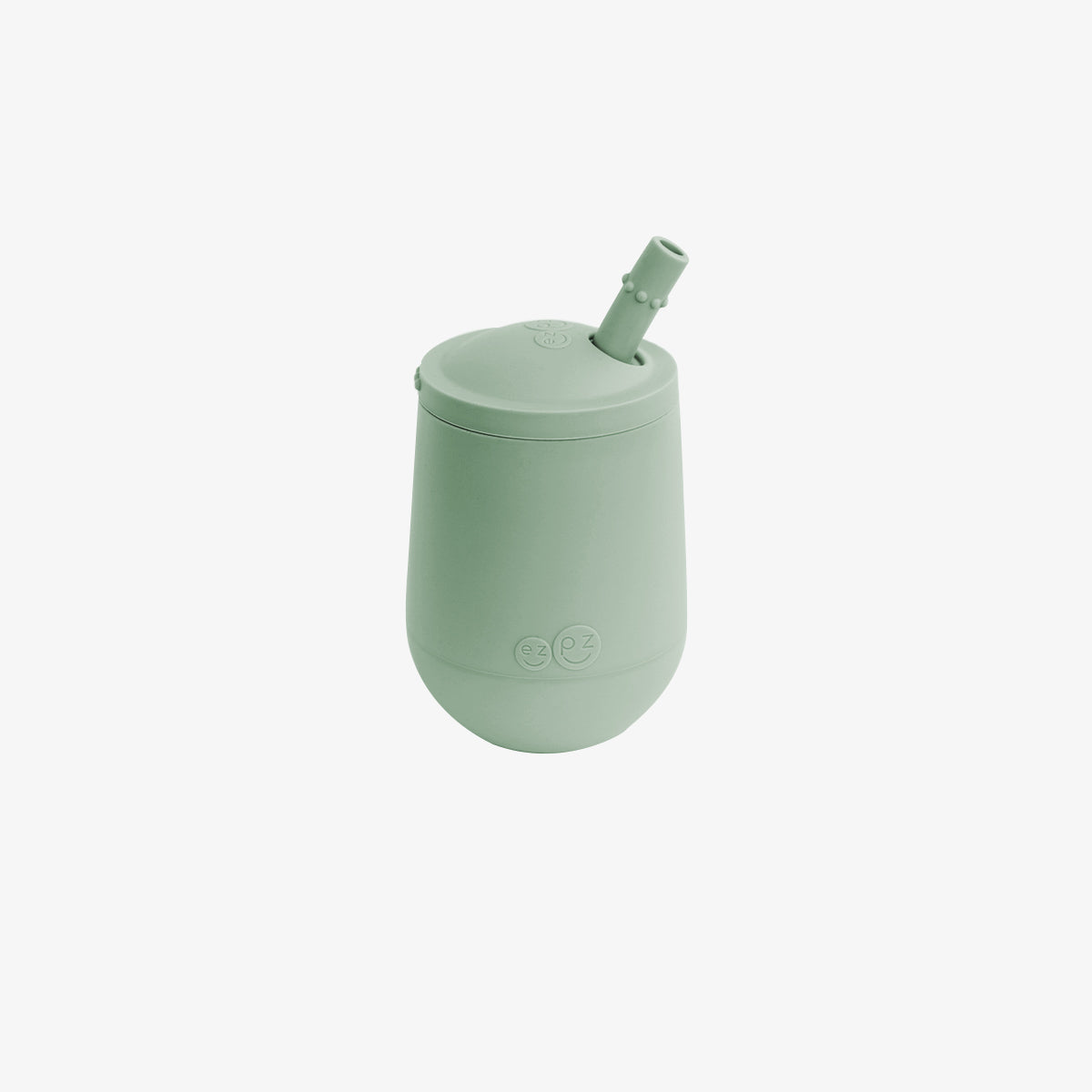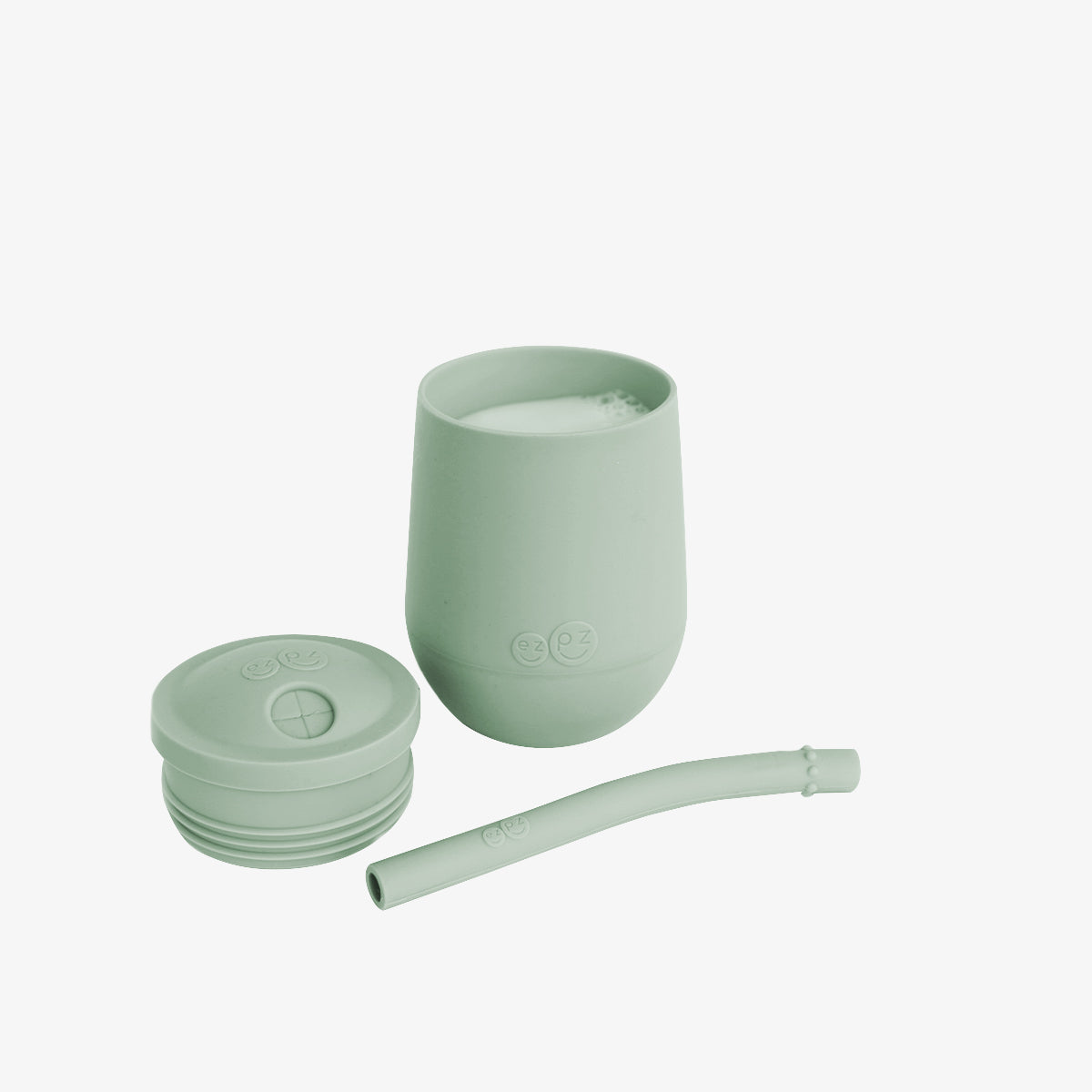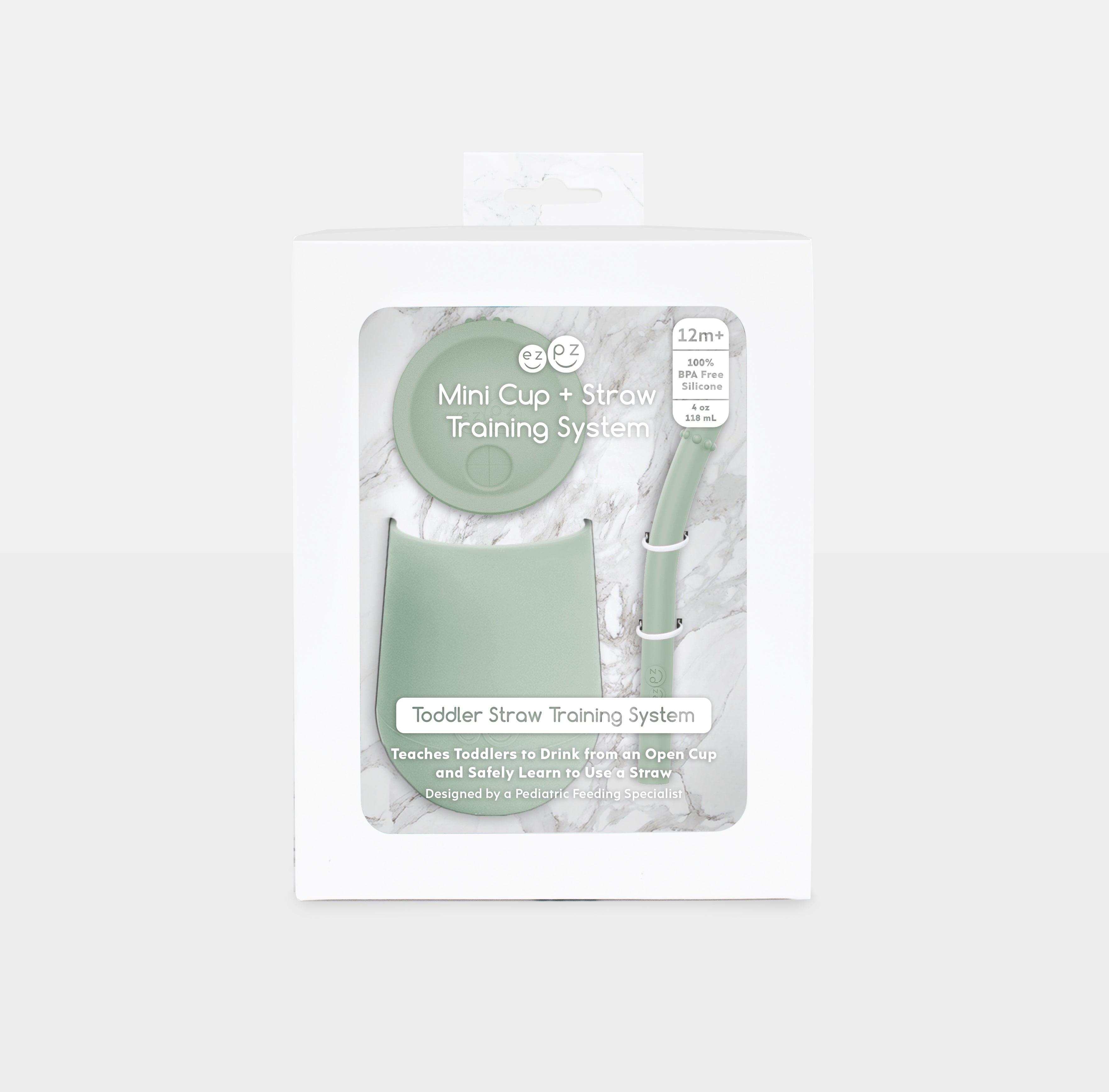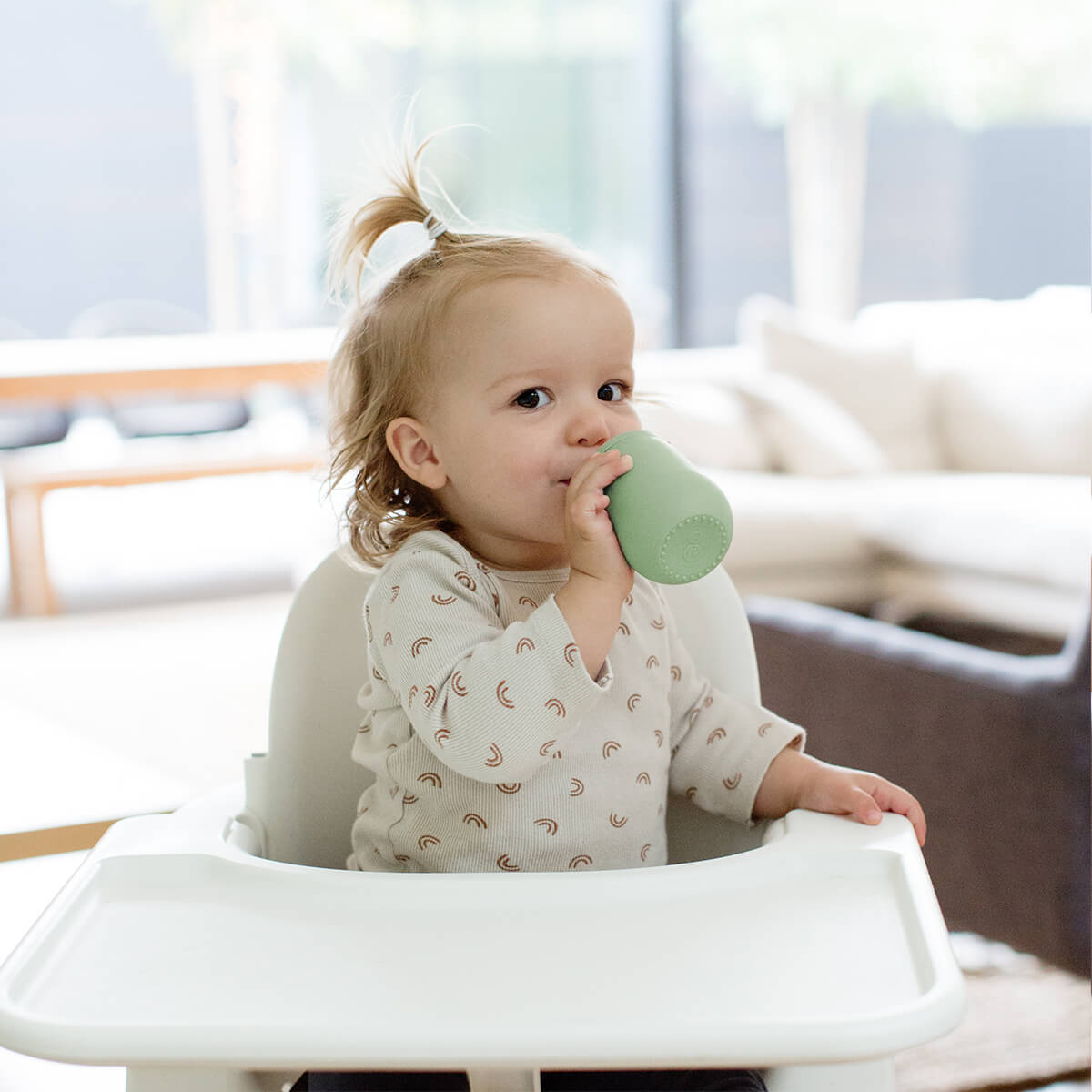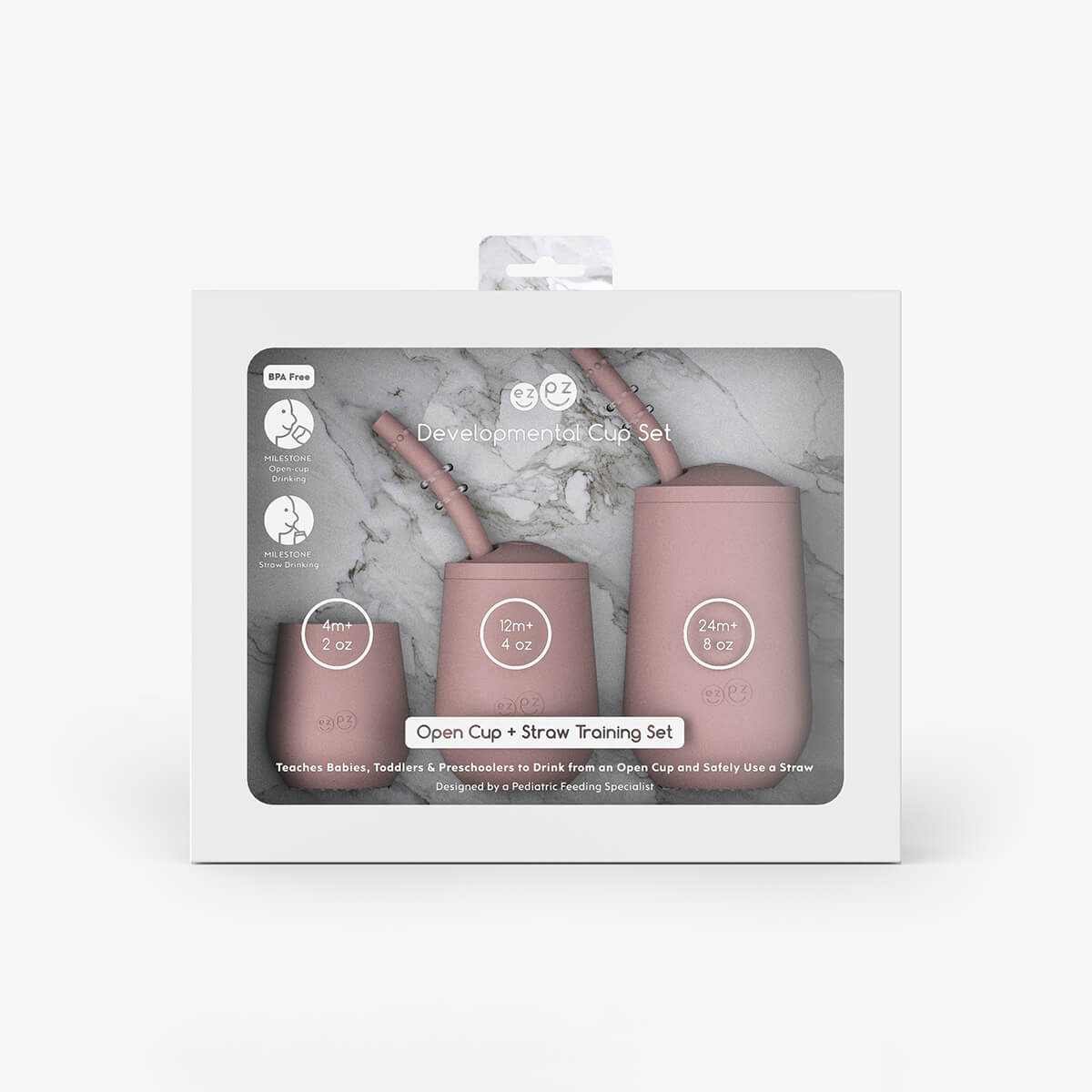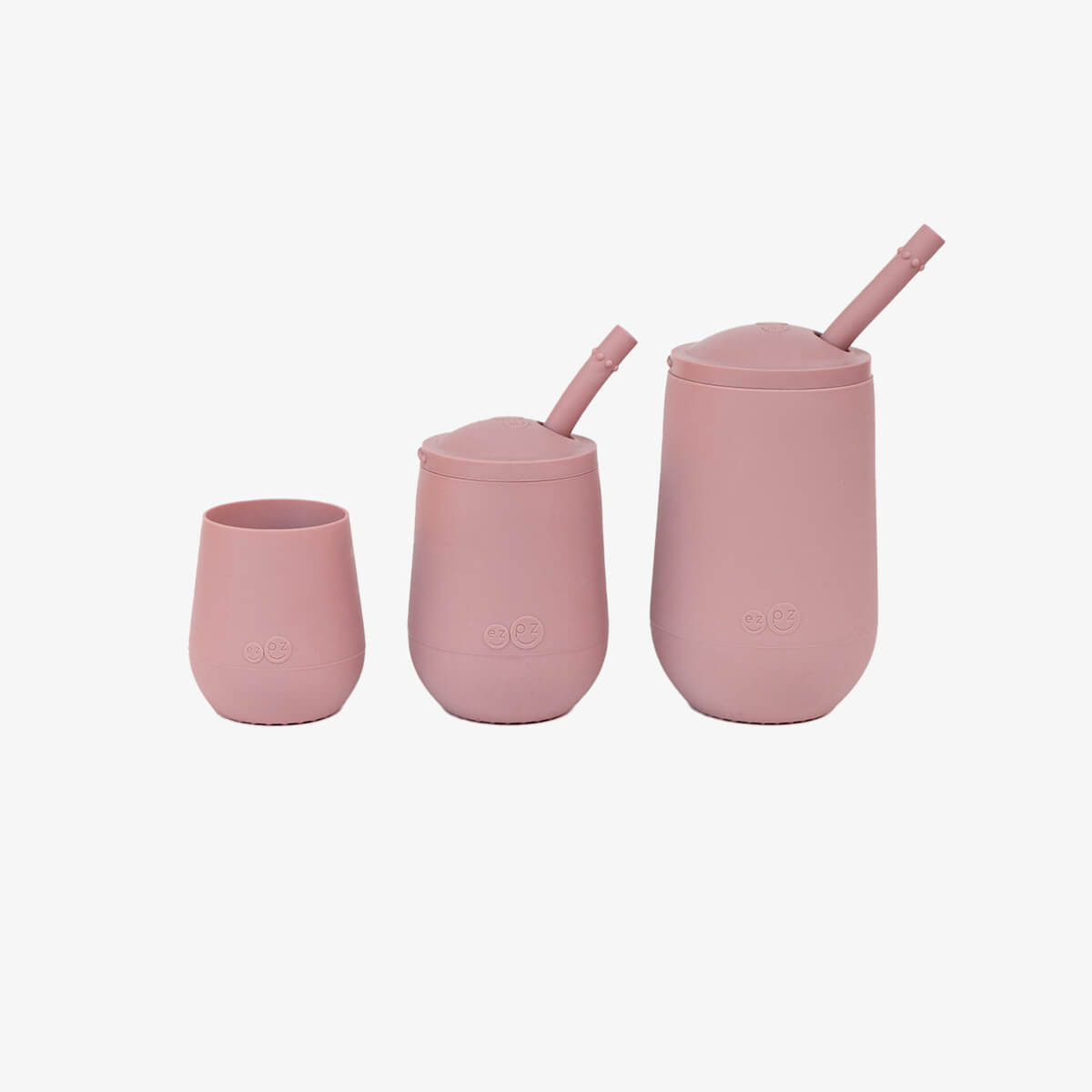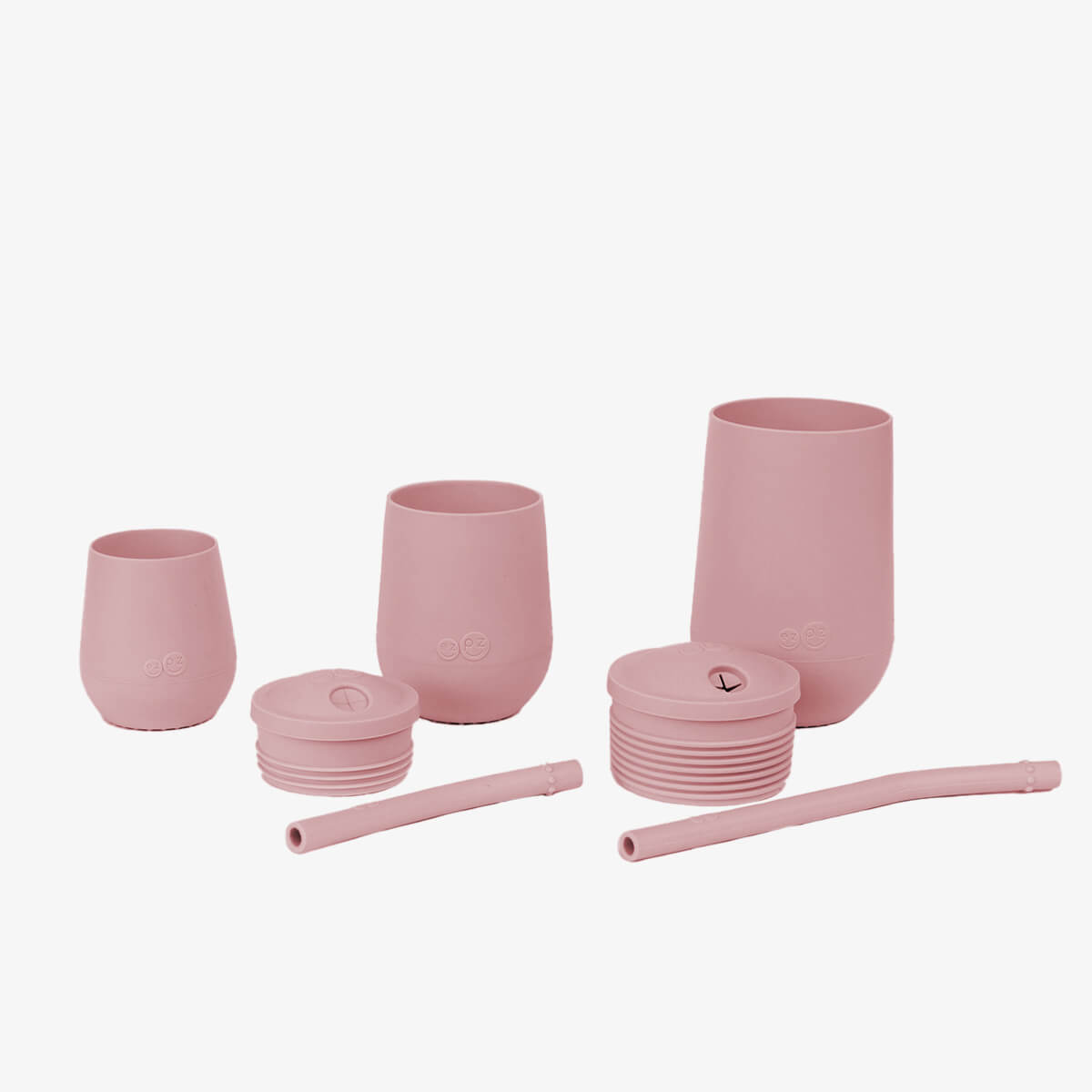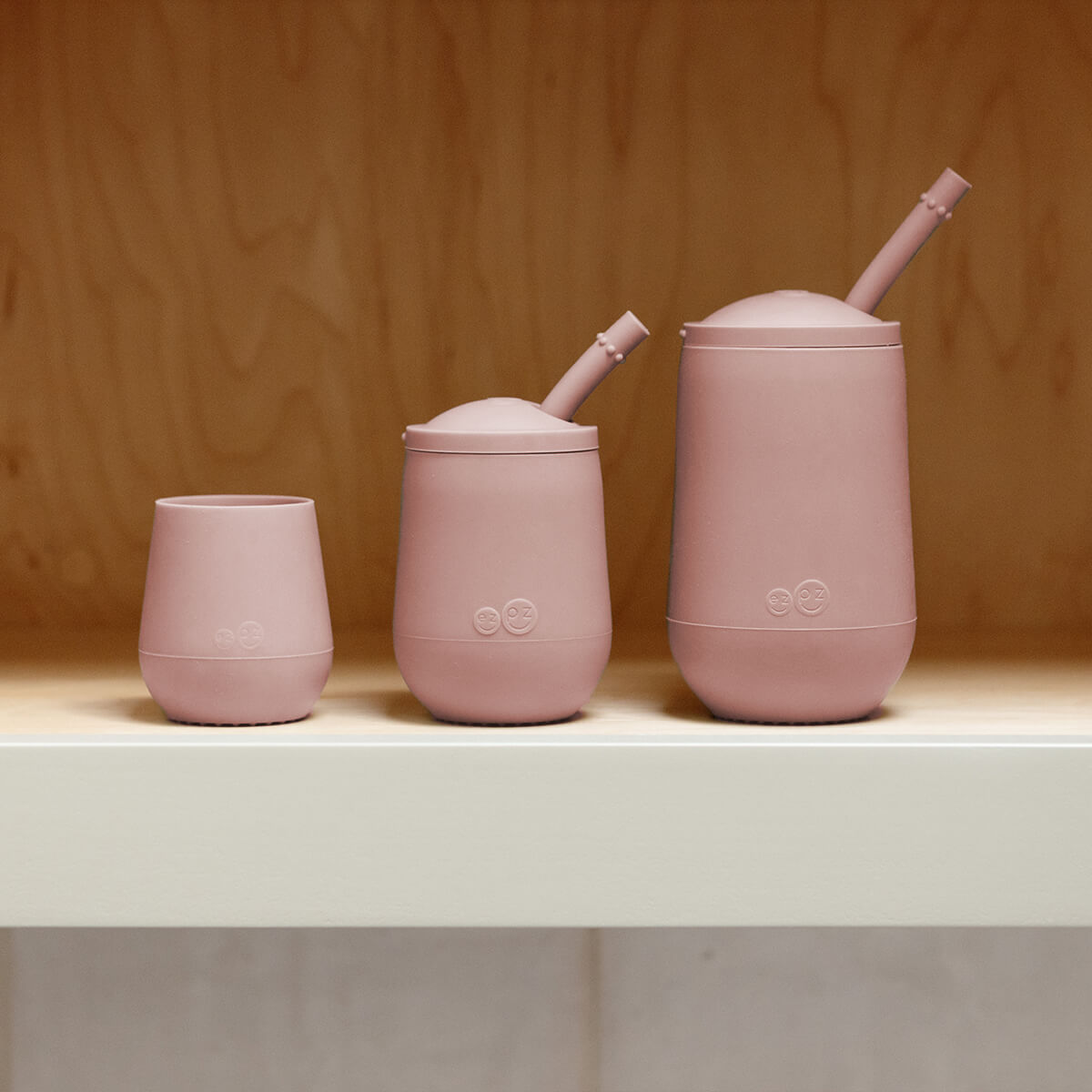Babies are meant to be a part of family mealtimes and should be included in the social and sensory experience of sharing food together. While most of the foods you're enjoying can be adapted for your little one, some items need to be avoided (or modified) to reduce choking risks and support safe eating. Here are five common ‘no-no’ foods and liquids and how to transform them into safer options for your baby.
- Whole Grapes: Whole grapes can easily be inhaled by a baby, which can occlude their airway. They are considered a high choking risk food because of their size, round shape and multiple textures (skin, seeds, pulp, juices) are hard for babies to safely manage and chew.
- Safer Option: Cut grapes lengthwise into quarters to turn them into long, soft strips that are easier to manage. Avoid cutting widthwise, as the thickness and shape will still be a choking risk.
- Cow’s Milk: Knowing when to offer cow’s milk can be tricky for many parents. As a general rule, a baby under 12 months should not be drink cow’s milk as a replacement for breast milk or formula. However, small amounts used in cooking are considered safe. Once your child turns one, cow's milk can be introduced in appropriate amounts as part of a balanced diet.
- Safer Option: Developmentally, at six months of age you can offer your baby breastmilk or formula from an open cup. By around nine months you can introduce a straw cup. The ezpz Tiny Cup is a 2oz cup made of 100% food grade silicone that is perfectly sized for first sips. The ezpz Mini Cup + Straw Training System is a 4oz cup that has a training straw with sensory bumps. This feature helps keep baby’s lips at the tip of the straw for safe straw drinking.
- Whole Cherry Tomatoes: While cherry tomatoes are a common first food in many cultures, they also pose a high choking risk if served whole. Their smooth, round shape and firm skin makes them easy for babies to choke on. Be especially vigilant when eating out in restaurants, as they often use whole cherry tomatoes as a garnish. I once worked with a family in feeding therapy who experienced a close call at their favorite Mexican restaurant. Luckily, her parents had recently taken a CPR course and responded quickly and effectively.
- Safer Option: Treat cherry tomatoes like grapes, cut them lengthwise into quarters to create smaller, more manageable pieces that are easier for baby to pick up and chew safely.
4. Honey: Many families I work with are excited to add flavor to their baby’s smoothies, popsicles, yogurt or toast. However, I explain that honey can contain the bacteria that cause infant botulism, a rare but serious form of food poisoning. For this reason, honey should never be given to babies under 12 months.
- Safer Option: Instead of honey, stir in homemade fruit puree (with no chunks) to flavor smoothies, popsicles, yogurt or toast. Once your child is over one year old, honey can be safely introduced.
- Juice: As an infant feeding specialist, I don't recommend offering juice (or even watered-down juice) for babies under 12 months. Developmentally, babies (6 months of age and older) can and should consume fruit in safe soft strips (if you're using a baby-led weaning approach) or in pureed form (if you're using a traditional approach) rather than fruit juice. The American Academy of Pediatrics (AAP) recommends completely avoiding the use of juice in infants before 1 year of age. The American Academy of Pediatric Dentistry adds that juice (even watered-down) increases the risk for dental caries (cavities + tooth decay). In my clinical experience, caries is one of the most common reasons for picky eating and feeding aversions.
- Safer Option: Offer over ripened soft fruits that are easy for your baby to munch and chew. Serve them in strips the length of an adult pinky finger. For smaller fruits like blueberries, quarter larger ones and cut the smaller ones in half to reduce choking risk.
Safe mealtime routines help build trust and nurture your baby's relationship with food (and drinks). Which safer swap will you try with your little one this month? #ezpzfun
